The Power of Digital Art
Digital art encompasses a broad spectrum of artistic practices that utilize digital technologies. From digital painting and 3D modeling to interactive installations and virtual reality experiences, the possibilities are endless. With the aid of powerful software and hardware, digital artists can create visually stunning and highly immersive artworks that would have been unimaginable in the pre-digital era. This has opened up new avenues for artists to explore and experiment with different forms of artistic expression.
- Unlimited creative possibilities: Digital art offers artists countless creative tools and techniques to bring their imagination to life. They can manipulate shapes, colors, and textures with ease, creating intricate and complex visuals that captivate the viewer.
- Easy experimentation: Digital art allows artists to easily experiment with different styles and techniques without the need for expensive materials or lengthy trial and error processes. They can quickly iterate and refine their ideas, pushing the boundaries of their own creativity.
- Accessible global audience: The internet has provided digital artists with a platform to showcase their work to a global audience. Through social media platforms, online galleries, and art marketplaces, artists can easily connect with art enthusiasts, collectors, and curators from around the world.
The Intersection of Digital Art and Traditional Art
While digital art has undoubtedly revolutionized the art world, it also intersects with traditional art forms, creating a bridge between the past and the future. Many digital artists incorporate elements of traditional art techniques in their digital creations, blending the old with the new.
For example, digital painters may utilize digital brushes that mimic the texture and behavior of traditional paintbrushes, giving their works a sense of familiarity and tangibility. Sculptors may use digital sculpting tools to create virtual sculptures that can be 3D printed into physical objects. These innovative approaches blur the lines between various art forms and challenge the notion of what constitutes “”real”” art.
- Hybrid artistic practices: Digital art has paved the way for the emergence of hybrid artistic practices that combine digital and traditional elements. Artists can seamlessly integrate digital and physical mediums, merging the best of both worlds in their artistic creation.
- Preservation and archiving: Digital art also offers a solution to the challenges of preserving and archiving traditional artworks. With digital files, artists can easily create high-quality reproductions of their works, ensuring their longevity and accessibility for future generations.
- Collaborative possibilities: Digital art enables artists to collaborate with experts from various disciplines, such as programmers, designers, and engineers. These collaborations can result in groundbreaking works that transcend the boundaries of traditional art forms.
The Impact of Digital Artists on Art Movements
With their innovative approaches and boundary-pushing creations, digital artists have played a pivotal role in shaping new art movements and influencing the art world as a whole. They have challenged traditional notions of art, creating a more inclusive and diverse art scene.
One such example is the emergence of “”Glitch Art,”” a digital art movement that explores the aesthetics of technical glitches and errors. Glitch artists manipulate digital files to intentionally introduce errors, creating unexpected and visually striking artworks. This movement has gained traction in recent years, attracting both digital and traditional artists alike.
Moreover, digital art has also given rise to new art forms, such as “”Generative Art”” and “”AR/VR Art.”” Generative art involves using algorithms and computer code to create art that evolves and self-generates over time. AR/VR art takes advantage of augmented and virtual reality technologies to create immersive and interactive art experiences.
- Pushing artistic boundaries: Digital artists continuously push the boundaries of what art can be, challenging traditional art institutions and encouraging a more inclusive and diverse art scene.
- Innovation in storytelling: Digital artists leverage technology to create immersive and interactive narratives, expanding the possibilities of storytelling within the art world.
- Exploration of new mediums: Digital art movements have spurred the exploration of new mediums, such as virtual reality, augmented reality, and generative algorithms.
In Conclusion
The rise of digital art has revolutionized the art world, empowering artists to explore new creative territories and challenge established norms. Digital artists have become influential in shaping art movements, pushing boundaries, and redefining what art can be. With unlimited creative possibilities, accessibility, and the blurring of boundaries between digital and traditional art, the future of art is undoubtedly in the hands of digital artists.
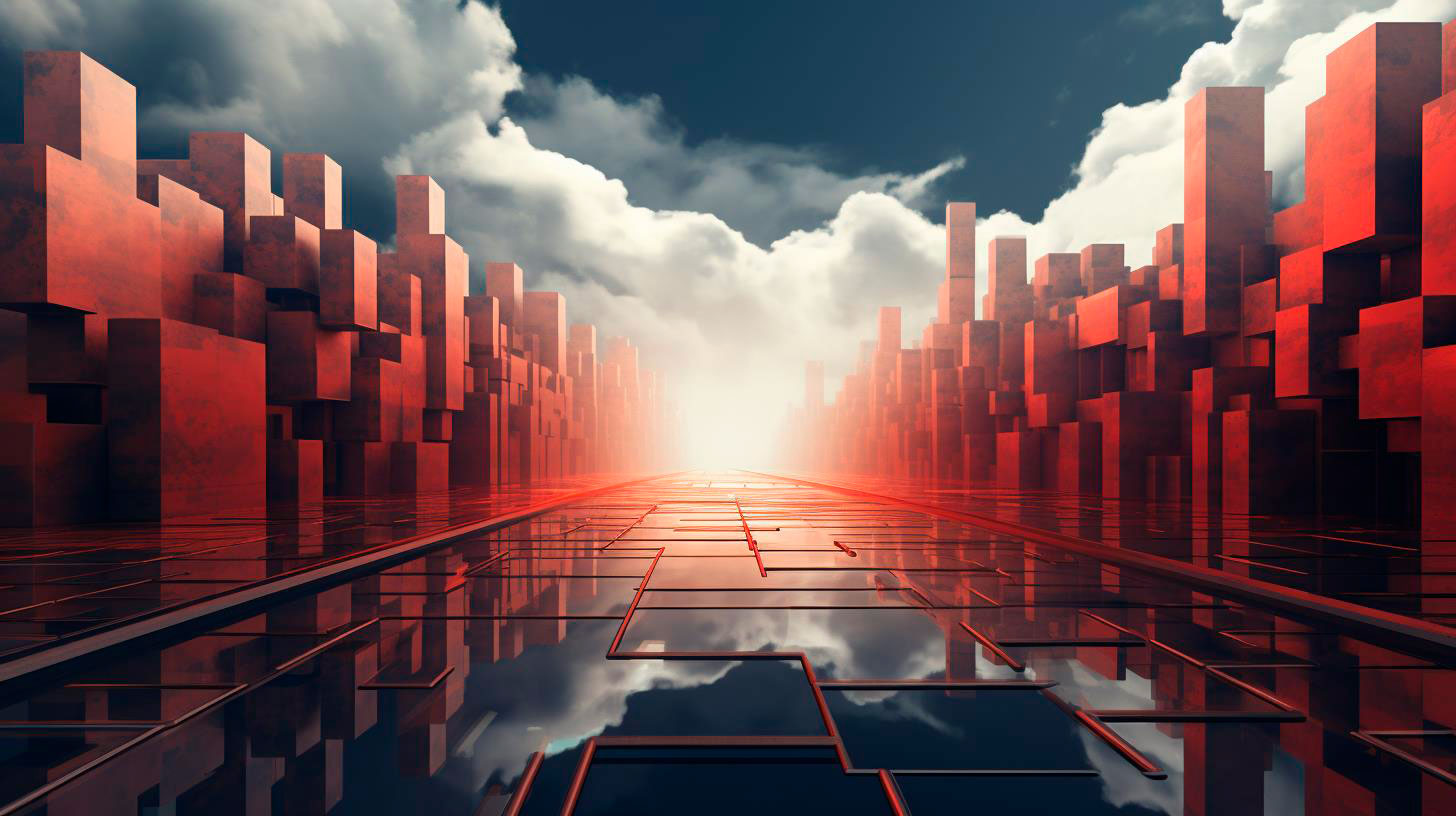
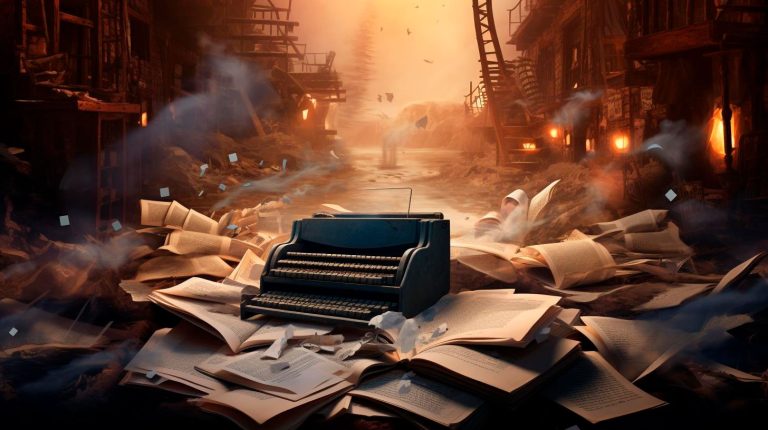
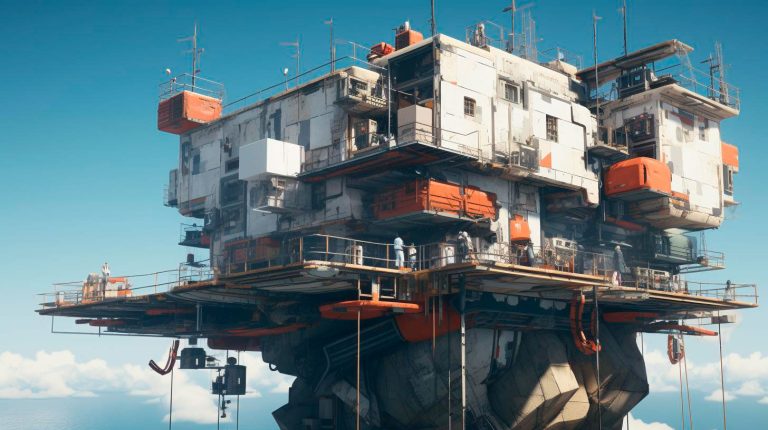
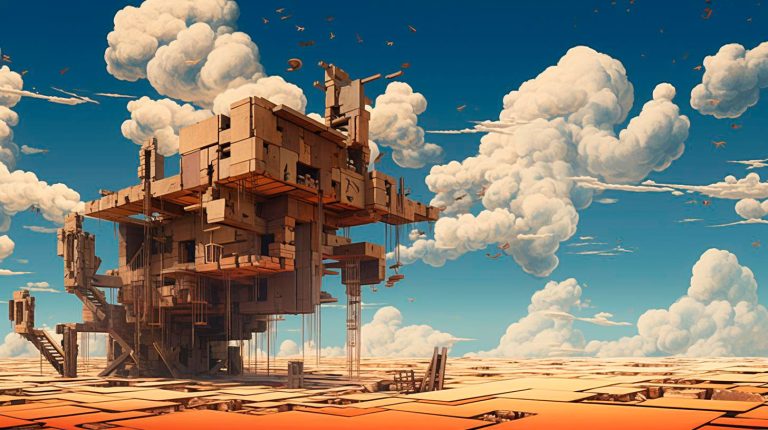
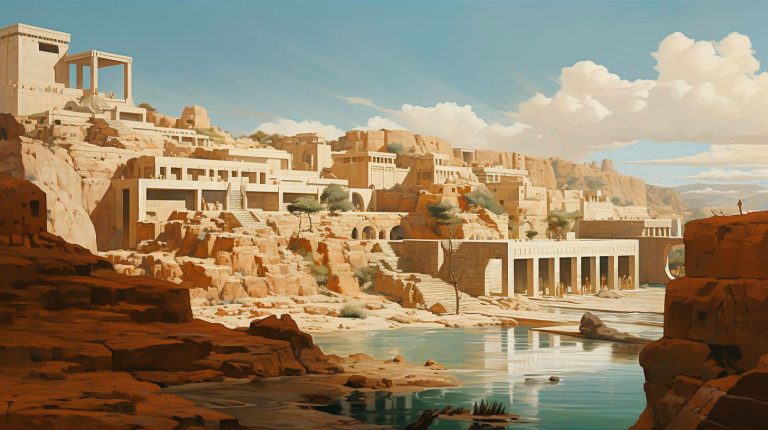
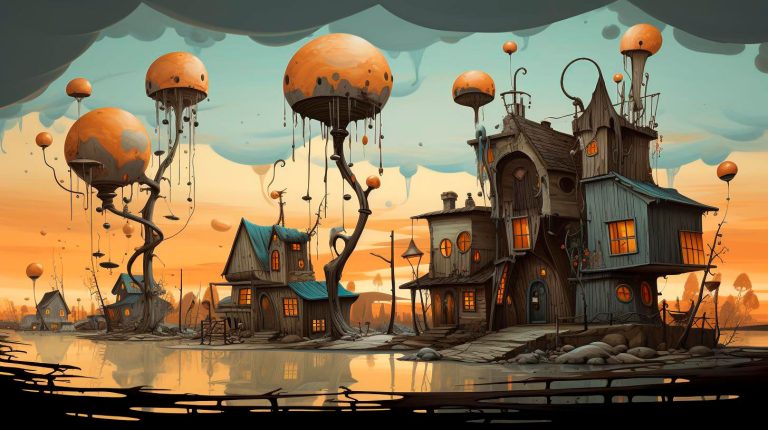
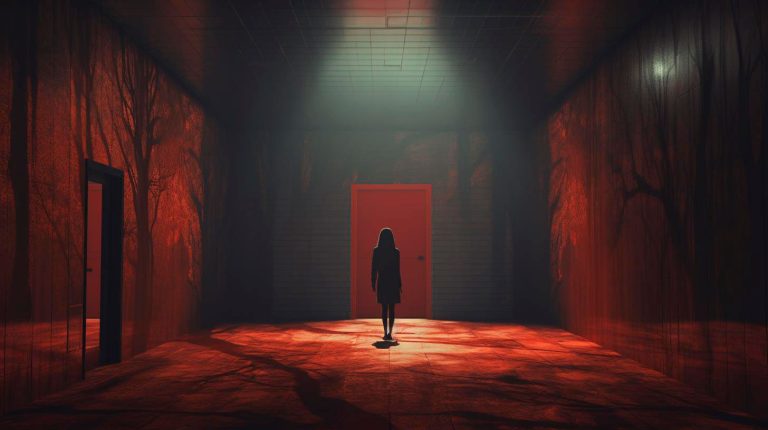
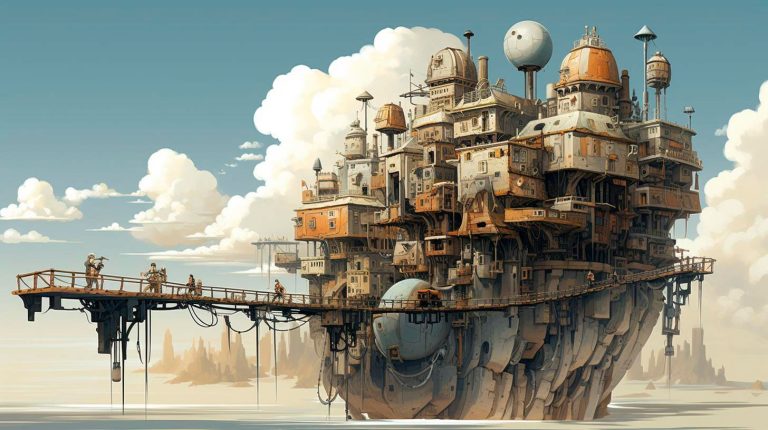
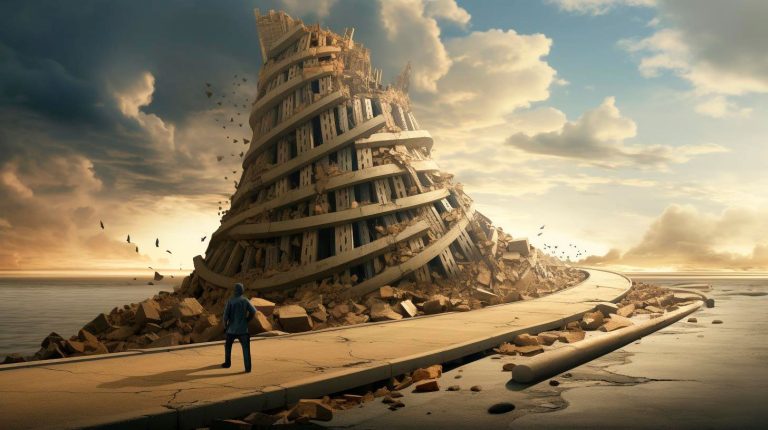








+ There are no comments
Add yours